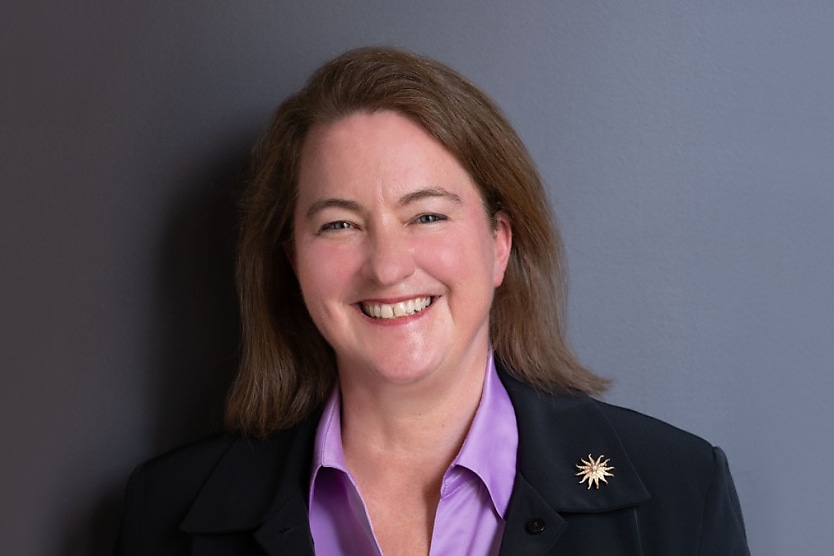Public sector outperforming private sector on gender equality targets
SHARE THIS ARTICLE

The Workplace Gender Equality Agency’s (WGEA) recently published data has highlighted the gains that public sector employers are making in the push towards workplace gender equality, seemingly outpacing the private sector.
Yesterday’s (21 May) release of new WGEA data revealed that Commonwealth public sector employers currently hold lower gender pay gaps compared to private sector employers. According to the data, more than half (51 per cent) of public sector employers reduced their gender pay gap in the past 12 months.
Nearly one in two (45 per cent) employers in the public sector hold a median pay gap within the target range of +/-5 per cent, whereas the private sector has just 31 per cent falling in the target range.
Additionally, half of public sector employers hold a median total remuneration gender pay gap lower than 4.8 per cent, whereas the private sector resides at 8.9 per cent.
Mary Woolridge, chief executive at WGEA, claimed that the public sector’s results came from employers who have implemented “long-term” and “deliberate actions”.
“The Commonwealth public sector has achieved gender-balance in the composition of the workforce, at managerial level and in the upper quartile of remuneration. This is a critical driver of the lower gender pay gaps reported today,” said Woolridge.
Recently, Woolridge criticised employers, declaring that “many haven’t taken action”. This was a part of the introduction to new directives that fall under the Workplace Gender Equality Act, which requires Australian businesses to choose three gender equality targets.
“While many employers are making great progress on gender equality, there is also a large group of employers who are not,” said Woolridge.
“Employers indicate that even when they are aware they have a significant gender pay gap, many haven’t taken action to reduce it.”
In terms of the public sector, however, Woolridge praised employers for taking the needed action to improve equality across their workplaces.
“More than half (51 per cent) of employers improved their median total remuneration gender pay gap in the past 12 months,” said Woolridge.
“Pleasingly, we have also seen large rises in the number of employers conducting a gender pay gap analysis, acting on the results and consulting with employees to understand their experience at work.”
“These actions are crucial steps to help employers gain greater understanding of the drivers of their individual gender pay gaps and to implement relevant and evidence-informed actions to address them.”
Despite these gains, Woolridge expressed that improvement remains for the sector as 49 per cent of employers still had a gender pay gap that favoured men. The data also showed that men account for just 11 per cent of all primary carers leave taken.
“Although we are seeing positive results and progress, there’s still work to do,” Wooldridge said. “Workplace gender equality benefits everyone, so it is important that barriers for men are also addressed.”
“With changes in access to parental leave now enacted, Commonwealth public sector employers need to work deliberately and strategically to drive cultural change that removes real or perceived penalties for taking time out for caring roles and ensure more men have confidence to take primary carers leave.”
“Commonwealth public sector employers should be recognised for their hard work to improve gender equality in their workplaces and achieving gender balance across the entire public sector workforce, as well as at all management levels and remuneration quartiles and in governing bodies.”
Kace O'Neill
Kace O'Neill is a Graduate Journalist for HR Leader. Kace studied Media Communications and Maori studies at the University of Otago, he has a passion for sports and storytelling.

